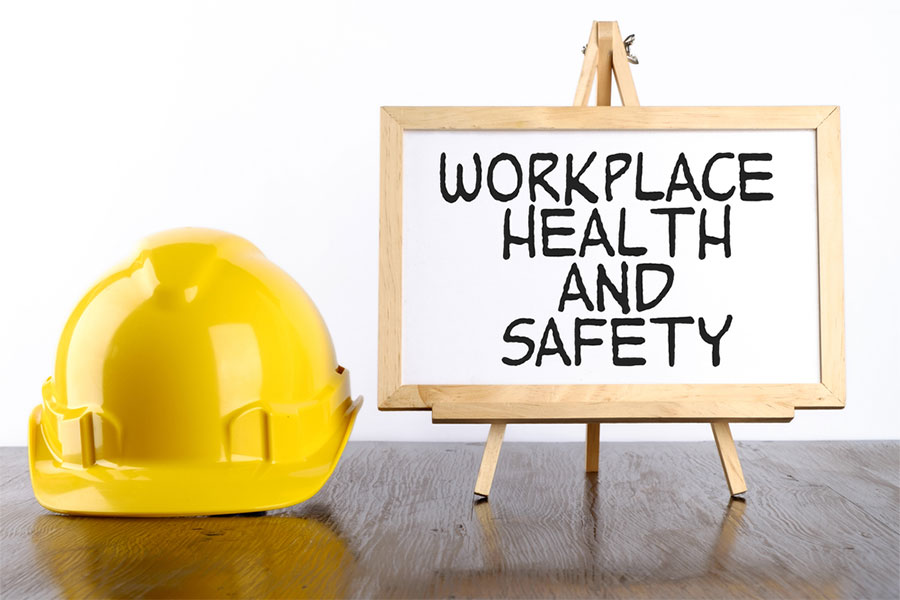WASHINGTON – The Supreme Court, which has often addressed regulatory overreach, declined to rule on whether Congress violated the Constitution by granting OSHA the power to set workplace safety rules. The court rejected the challenge brought by an Ohio-based contractor, Allstates Refractory LLC, supported by business and conservative groups and Republican attorneys general.
OSHA’s Rulemaking Authority Survives Another Challenge
OSHA, whose rulemaking authority was previously challenged in 1978 and 2011, faced another challenge hoping for a sympathetic hearing from the court’s conservative majority. The challengers argued that Congress could not delegate its legislative powers to other government parts. Justice Clarence Thomas and Neil Gorsuch supported hearing the case, but only Thomas and Gorsuch wanted to take it up. The challenge needed four votes to proceed.
A Falling Catwalk Brace Injures a Worker: The Penalty is $5,967
In 2019, OSHA fined Allstates $5,967 after a falling catwalk brace injured a worker. While Allstates paid the fine, they took OSHA to court, arguing Congress improperly allowed the agency to set safety rules for nearly all U.S. businesses. Represented by Don McGahn, former White House counsel under President Trump, Allstates argued that such significant rulemaking should come directly from Congress.

A Workplace Safety Law Signed by Richard Nixon
The 6th U.S. Circuit Court of Appeals upheld OSHA’s authority, stating that the 1970 law signed by President Richard Nixon provided OSHA with sufficient direction and limits. Circuit Judge Richard Griffin wrote that the discretion given to OSHA by the OSH Act did not exceed acceptable limits. However, Circuit Judge John Nalbandian, appointed by Trump, disagreed, suggesting Congress granted the Labor Department “nearly unfettered discretion.”
Nearly Unfettered Discretion?
The challengers claimed that most OSHA regulations would remain unaffected if they succeeded because other rulemaking authorities back them. They targeted only permanent safety standards, not health rules, due to stricter limits on health regulations. The Labor Department warned that several crucial safety standards would fall, leading to a disjointed federal and state rule patchwork that existed before the OSH Act.
Workplace Injuries Have Dropped Since the Law’s Passage
Since the OSH Act’s passage, workplace injuries have significantly decreased. The Biden administration argued that the challengers aimed to disrupt the longstanding approach to Congressional delegation of authority to agencies. The American Farm Bureau Federation and other business groups contended that Congress should not delegate its legislative responsibilities to the Labor Department and should set specific safety standards themselves. They argued the judicial trend towards a weakened nondelegation test conflicted with the principle that legislative power belongs exclusively to Congress and the people as the ultimate source of that power.

